Largemouth Bass Fishing Tips
These are some of my largemouth bass fishing tips.
Largemouth bass physiology make them ideal ambush predators. They have evolved this hunting strategy resulting in big mouths, surprisingly, and strong body to push that tail for a surprise attack. They don’t swallow their prey, they inhale it. The fish takes a mouthful of water an pushes the excess out via its gills, the way they breathe.
Largemouth Bass Fishing Tips – Where to find Largemouth Bass
Because of the hunting pattern they live in certain areas and hunt in certain places.
To catch them you need to fish those places.
Largemouth bass lives back in creeks and are found hunting around structures such as rocks, laydowns, ridges, humps and holes.
They prefer still water or not too fast-flowing near reeds and logs.
So fish in the backs of creeks, placid water and some type of structure such as rocks.
We are going to try to see what the topography of the bed is and look for the interesting structures. Ideally between 4 to 6 feet of water, although you can go deeper. Also if there is vegetation you can go topwater.

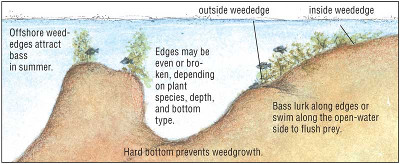
Images from https://texasaquaticscience.org/
To see the structures of the lake bed you can use our Lucky fish finder. They can image the bed for you.
Obviously, to fish in these areas we have to choose the appropriate lure. They must work well around rocks, trees and slightly stained to muddy water
The brightness of the day has a huge impact on where to fish. Shady spots for the fish are places to target in bright sunny days. Largemouth bass typically seeks shade to avoid the sunlight, as they lack eyelids. Direct sunlight hurt their eyes.
Largemouth Bass Fishing Tips – Lure Selection
Some of the lures are
- crankbait They come in various configurations resulting in a wide array of lures
- Colours
- chartreuse for the lightly stained to muddy water.
- oranges and reds look like crawfish.
- white for a good shad pattern bait also important.
- Depth
- very shallow waters and topwater, such as backs of pockets, use lipless crankbaits or topwater crankbaits
- 1 to 3 feet zone use a square bill crankbait
- 4 to 12 feet zone use a medium diving crankbait
- 12 feet and below use a deep-diving crankbait
- Body shape
- a thinner body creates a tighter faster action. These a great for clear warmer waters of spring and fall (autumn). For these to work the bass has to be active and alert.
- a wider body produces a slower wobbling action. Use these in murkier waters of summer. The slower action allows the bass to easier target the bait.
- some extra tips
- bass, like the rest of us, are lazy and will rather go for the easy target. The bigger fish would prefer to attack a hurt baitfish rather than try to chase down a healthy one. Your retrieve should try to mimic the injured fish. Try slowing down, speeding up, jerking it, suspending it or bouncing it off the cover.
- Summer fishing is usually deeper such as channel drop-offs, points, ledges, humps or other deeper structures that have a depth change and close to shallower feeding areas.
- Always keep a range of colours for the different water conditions
- Keep a range of depths from topwater to deep
- Colours
- Frog
- For topwater a frog is great. It can be used over grass and vegetation.
- The water should be warm
- They can be fished down to 12 feet
- Try to keep the frog on the surface by
- beginning your retrieve as soon as the frog hits the water
- retrieving as slow as possible
- retrieve at a constant speed
- When the fish strikes wait a few seconds before setting the hook. A frog is fairly big and needs a big fish to eat it.
- Stick worm or Senko lures are the biggest sellers and work well for bass, using a texas rig or a wacky rig
- Texas Rig
- This is probably the most common and easiest to set up.
- Thread the hook into the head of the worm on a 3/0 or 4/0 hook and match it with a 1/8- or 3/16-ounce screw-on weight.
- Great for flipping and pitching into bushes, brush piles and holes in matted vegetation
- It’s a weedless rig
- Wacky rig
- Is another popular setup
- find the centre point of the worm by balancing it across your finger.
- At the centre point use a 4/0 wide gap offset hook through the middle of the lure and leave the hook point exposed.
- mimic a crippled shad by raising and lowering the stick worm a couple of feet and letting it slowly fall
- Swimming Senko is another for bigger bass
- Texas Rig
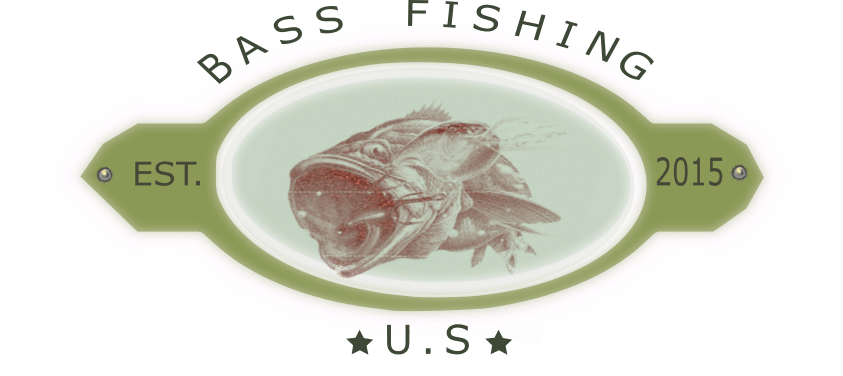



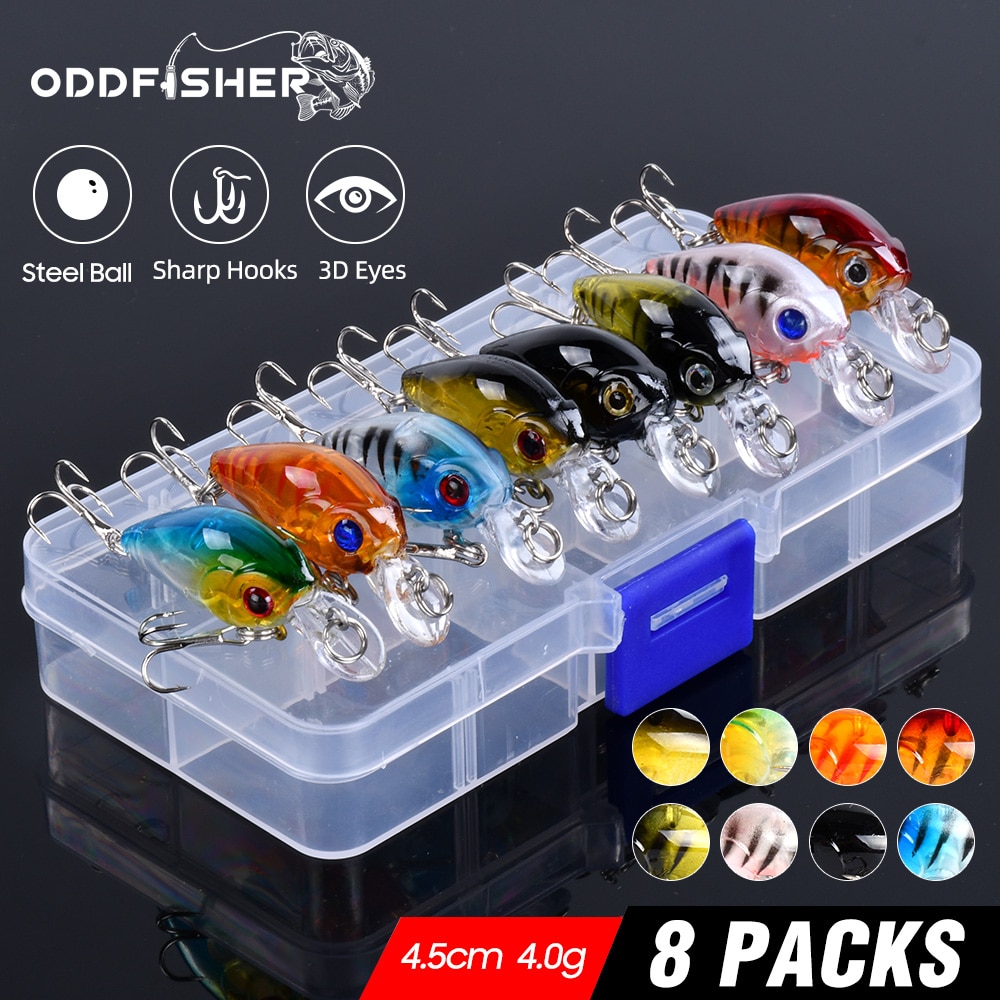
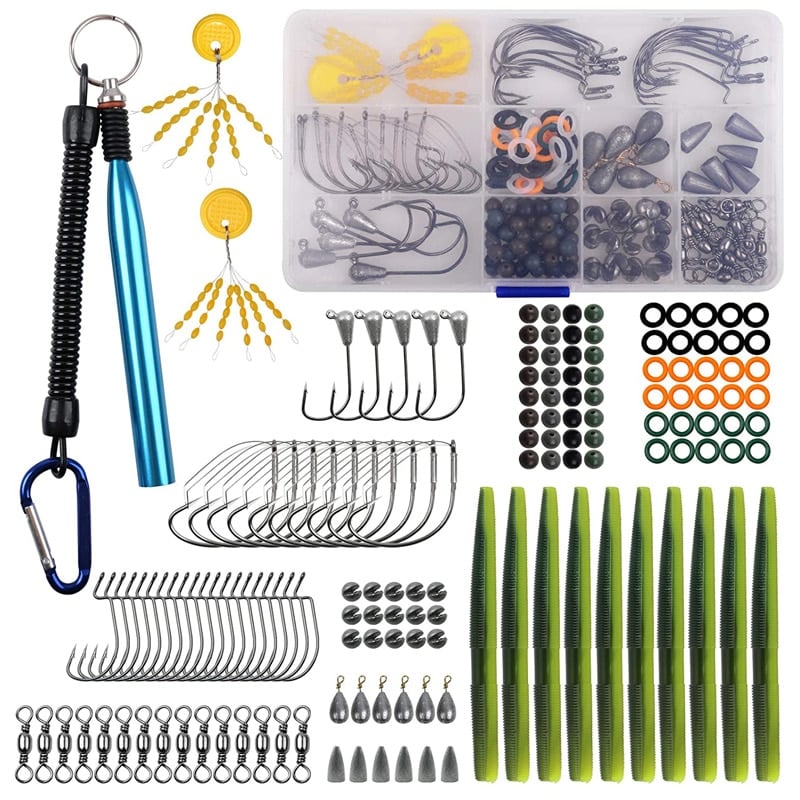
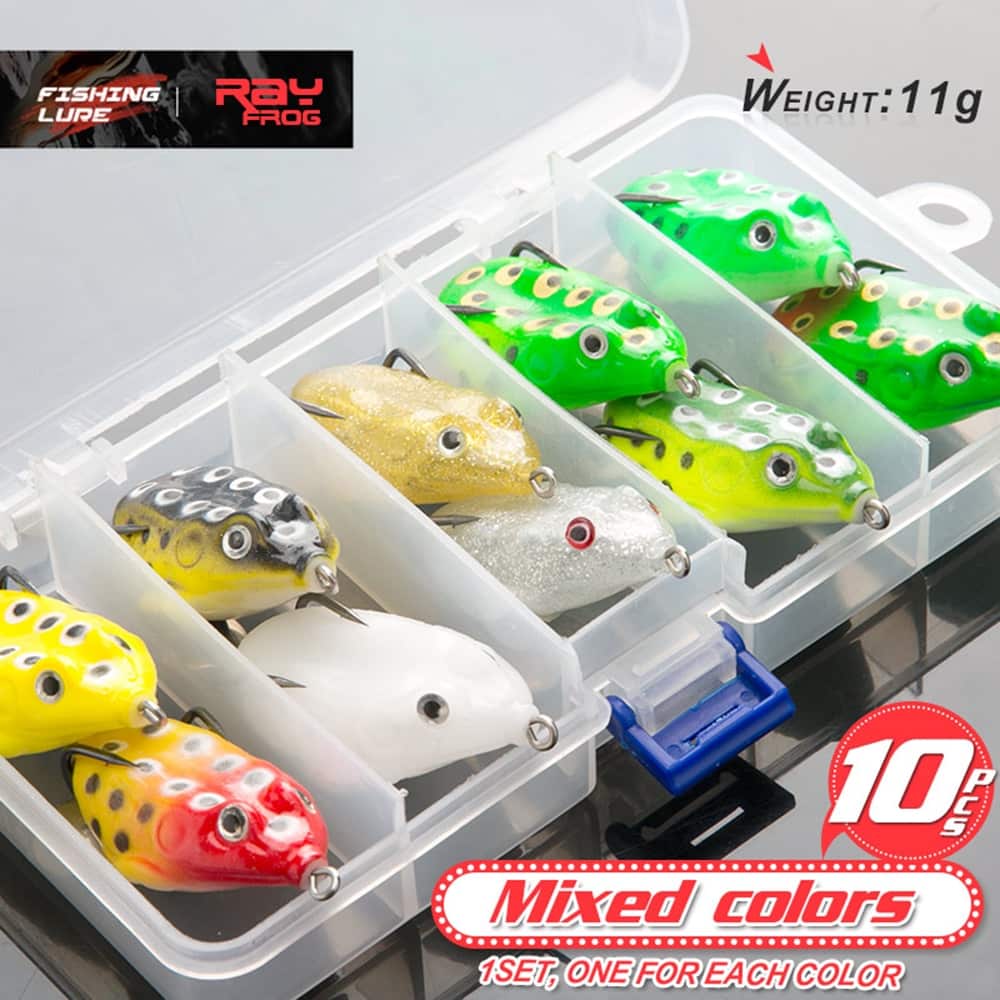

Leave a comment